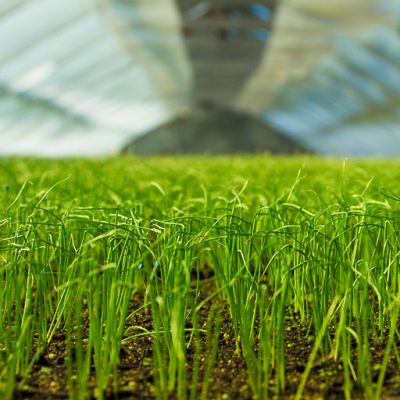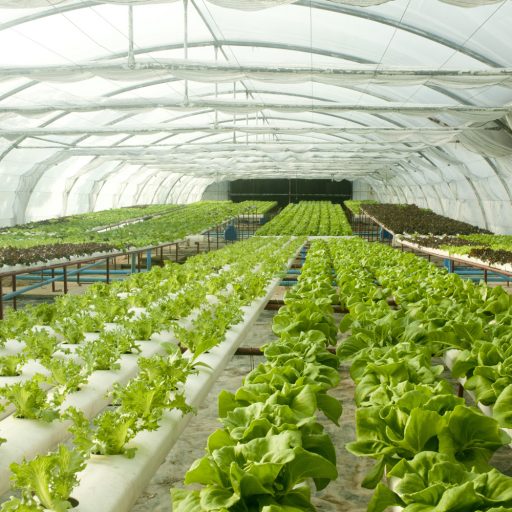PLANT PROTECTION
FOGGING IN GREENHOUSES
When fogging the liquid is not dispersed directly on the plants, but distributed as a fine spray in the air space over the plant. The fine droplets remain for a long time airborne, than sediment and produce coverage over the plants.
Fogging should be used mainly as a preventive measure, i.e. to control fungus and/or insects to be controlled accordingly.
Fog Generators play an important role for operator security. It is very advantageous in time saving and labour costs. Particularly the ULV Aerosol Generators with time control systems are used, i.e. in night time and/or after work, especially when no workers are in the greenhouses. The reduction of the required solution quantity in relation to the surface which can be treated has substantial advantage compared to conventional spraying.

APPLICATIONS OF FOGGING IN GREENHOUSES
Any conventional insecticide, acaricide or fungicide emulsion concentrates (EC’s) or wettable powders (WP’s) can be applied (ULV Aerosol generators with agitator in solution tank). EC’s should always be preferred because of their better atomizing properties.
Your choice of pesticide should always be based on the pests or diseases you want to control, taking into account the plants being treated. The pesticides are applied as a fog just as recommended for spraying, e.g. against White Fly, Mildew, Rust, etc.!
Plant compatibility, especially under glass, cannot be guaranteed. We, therefore, recommend to run your own trials with a few plants, as usually done with spraying as well, if no results are known.
Direct the fog generally above the plants, do not aim directly at plants in order to avoid overdosage and scorching. In low greenhouses or high growing cultivations, e.g. cucumber fog into the empty spaces between the individual rows, but always slightly upwards! It is recommended that the unit should be carried through the greenhouse by swivelling the unit from right to left.
Plant compatibility, especially under glass, cannot be guaranteed. We, therefore, recommend to run your own trials with a few plants, as usually done with spraying as well, if no results are known.
Direct the fog generally above the plants, do not aim directly at plants in order to avoid overdosage and scorching. In low greenhouses or high growing cultivations, e.g. cucumber fog into the empty spaces between the individual rows, but always slightly upwards! It is recommended that the unit should be carried through the greenhouse by swivelling the unit from right to left.
When fogging emulsion preparations, the procedere may be performed from the outside, e.g. through the door or another opening, if there are horizontal air ventilators available which drive the pesticide through the greenhouse. As soon as the pesticide has been evenly distributed throughout the greenhouse, switch the air circulating unit off, as otherwise congestion of the atomized pesticide can result in unilateral overdoses (damage to the plants). In this case, the fog generators must be at least 5 m from the first plants, as the ejection of larger drops could cause damage of the plants. Otherwise the plants in this area must be covered. When fogging indoors, it is vital to use a full mask and protective clothing.
The pesticide is dosed according to the instructions on the bottle. The following table is based on pesticides use for spraying. The average plant height must be known.


 CHEMICALS
CHEMICALS